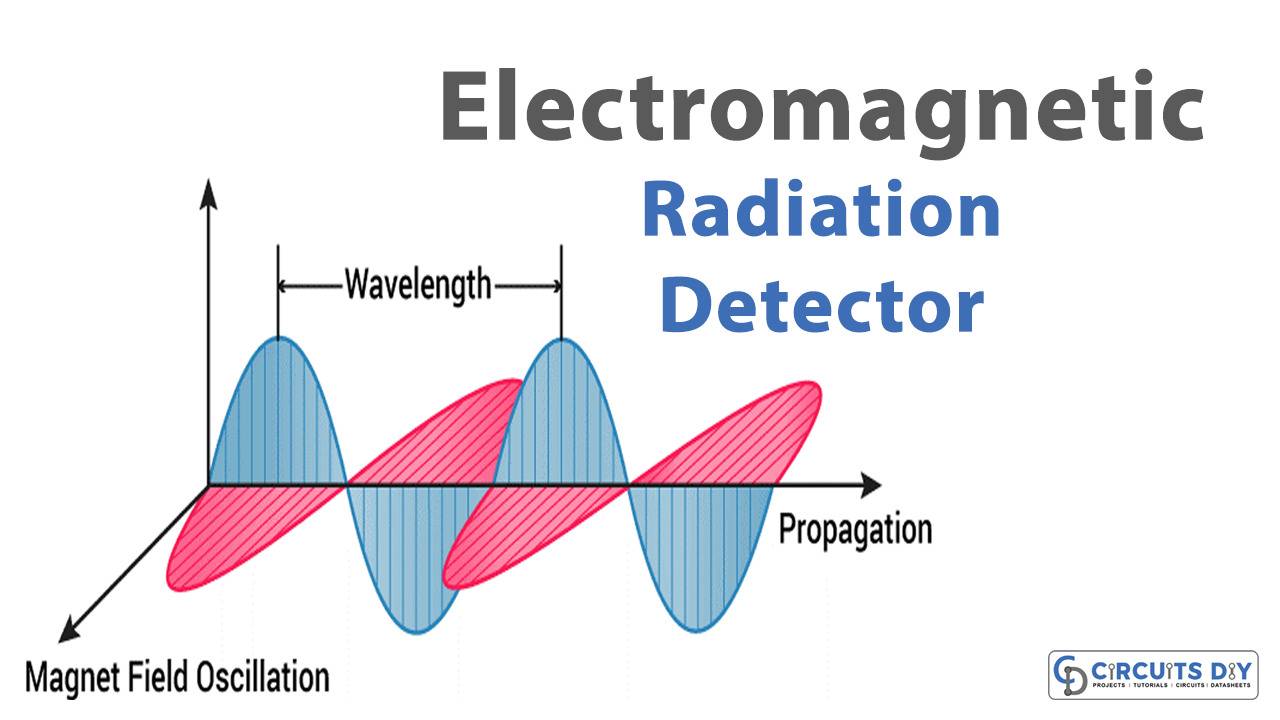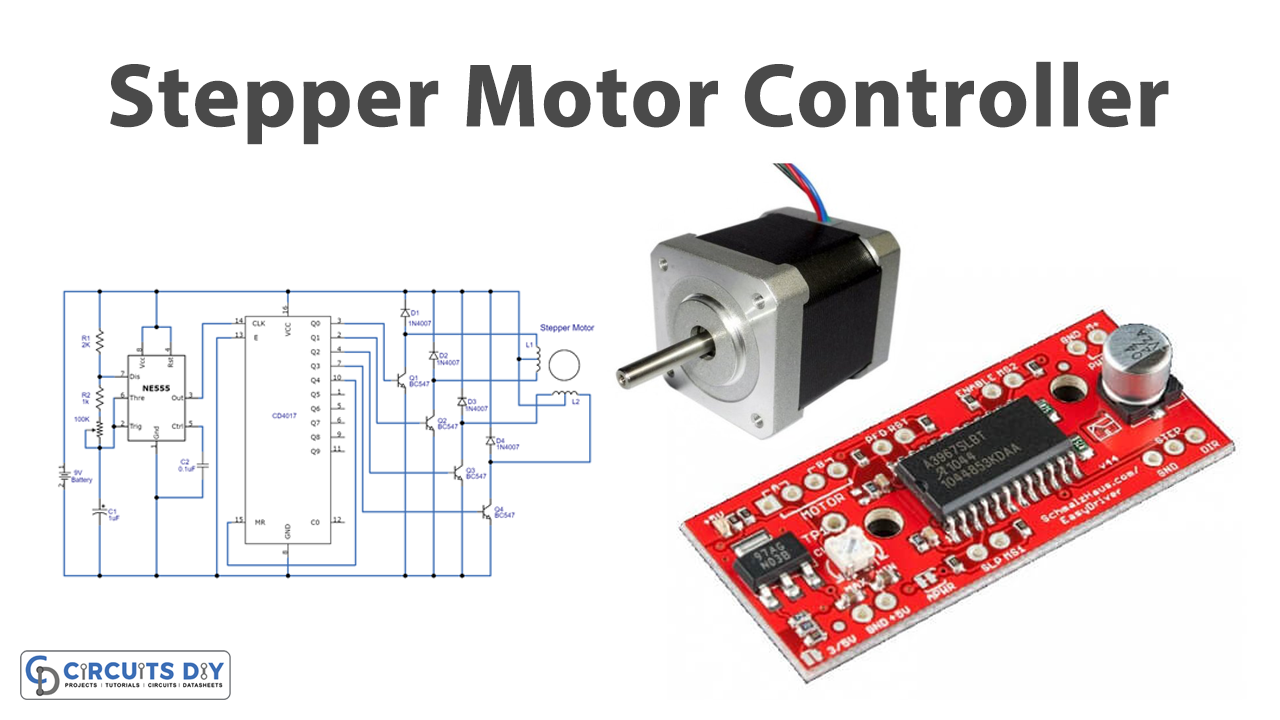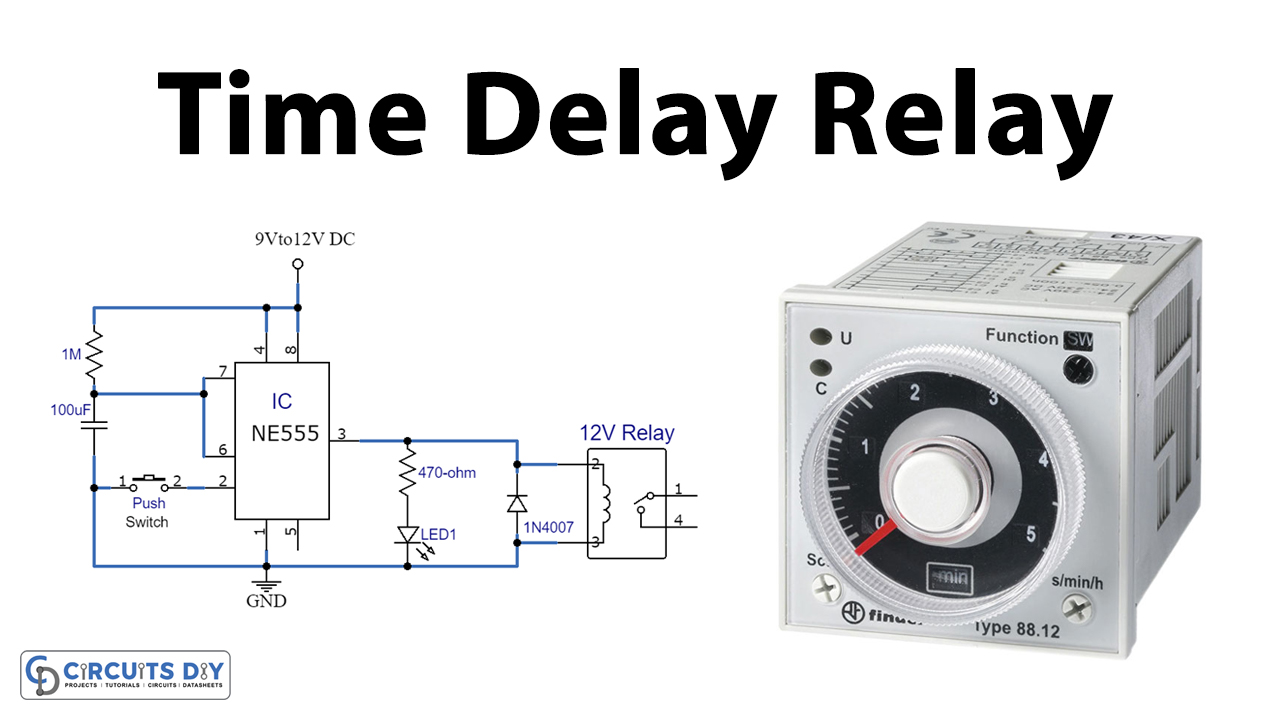A Tone generator circuit usually uses the 555 timer IC to produce a range of sounds. Generally, Tone Generator circuits include triangle, square, sawtooth & sine wave generator circuits. Such periodic signals produce a variety of beeping sounds when coupled with an audio transducer. So in this project, we will design a simple tone generator circuit using a single 555 timer IC.
This circuit consists of an astable multivibrator using a NE555 timer IC. It gives a continuous square wave output. The circuit possesses an oscillation frequency ranging from 670 to 680 Hz.

Hardware Component
The following components are required to make Tone Generator Circuit
| S.No | Component | Value | Qty |
|---|---|---|---|
| 1. | Breadboard | – | 1 |
| 2. | Resistor | 1K | 1 |
| 3. | Battery | 9v | 1 |
| 4. | IC | NE555 Timer | 1 |
| 5. | Speaker | 8 ohm | 1 |
| 6. | Potentiometer | 1M | 1 |
| 7. | Ceramic Capacitor | 0.1uF, 0.01uF | 1,1 |
555 IC Pinout

For a detailed description of pinout, dimension features, and specifications download the datasheet of 555 Timer
Tone Generator Circuit

Working Explanation
The operation of this circuit is based on the working principle of a self-triggering oscillator (astable multivibrator), performed by a 555 precision timer circuit (NE555). When the circuit is powered on, The values of resistors (R1, R2) & capacitors (C1, C2) on the left side of the circuit set the pitch of the output tone coming from the audio transducer (loudspeaker), Including a variable resistor (potentiometer) serving as our pitch control.
The capacitor (C2) to the far left filters out as much noise or undesired operation of the potentiometer due to which we get a smooth pitch change whilst adjusting. This circuit can be operated from as little as 6V to up to a 12 V power supply.
Applications
- Commonly used in home security setups such as burglar alarms & call bells.
- Used to produce dial tone in telephonic devices.
- Used to produce melodic tunes in devices such as toys & doorbells.









